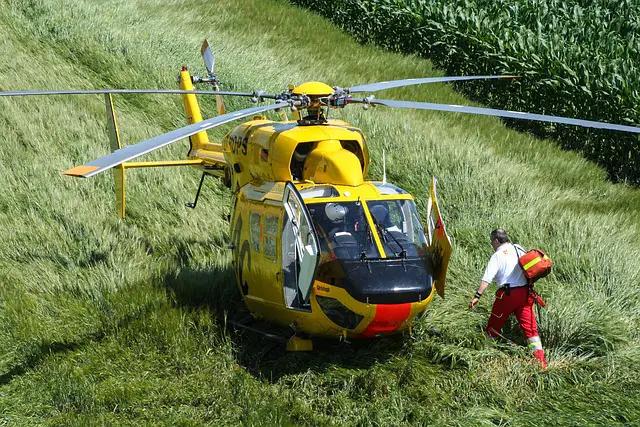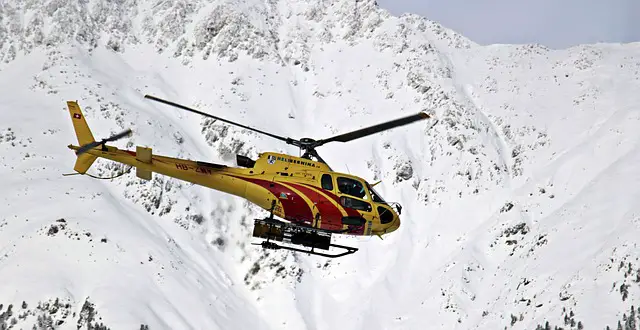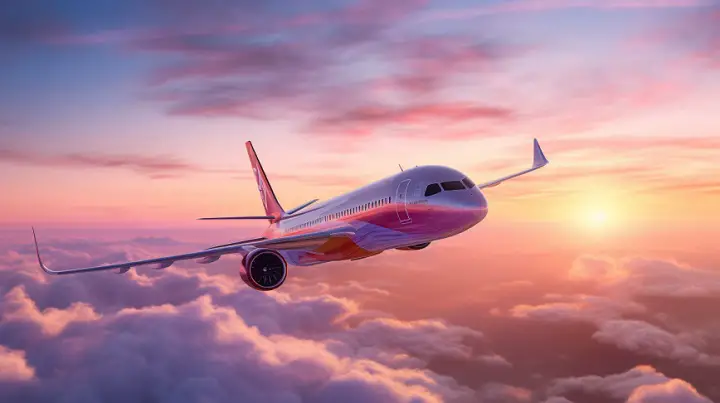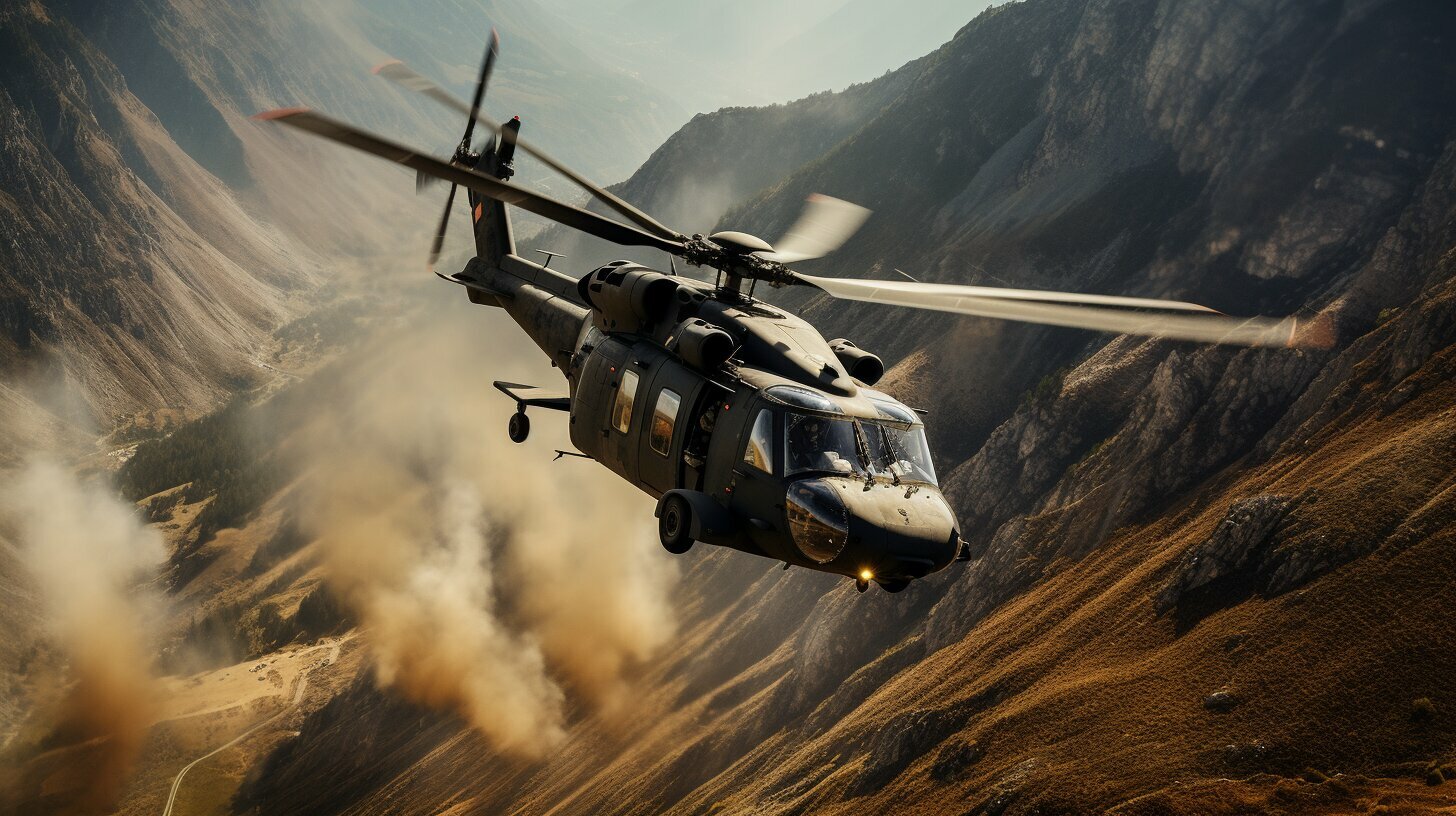
Helicopter
Civilian Helicopter
A civilian helicopter is a type of aircraft primarily used for transportation and recreation purposes, as opposed to military or search and rescue operations.
These helicopters are often used for transporting individuals or small groups, conducting aerial photography and filming, emergency medical services, and other commercial operations.
Few of the civilian helicopters are as follows:
When choosing a civilian helicopter, it is important to consider factors such as passenger capacity, range, and cost.
It is also important to consider the experience and reputation of the manufacturer, as well as the availability of spare parts and maintenance services.
What are Civilian Helicopters Used for?
- Emergency medical services
- Law enforcement
- Firefighting
- Search and rescue operations
- News coverage
- Tourist transportation
- Utility operations (power line and pipeline inspections)
- Offshore oil and gas operations
- Executive or VIP transportation
- Agriculture (crop dusting and livestock management)
- Wildlife management
- Film production
- Construction
- Disaster relief efforts
- Cargo transportation
- Military support operations
As you can see, civilian helicopters have a wide range of uses and play an important role in many industries.
They offer the unique ability to reach remote locations or navigate through difficult terrain, making them a valuable tool for various operations.
The versatility and agility of helicopters make them an essential asset in emergency response situations, as well as everyday tasks.
Military Helicopter
Military helicopters are rotary-wing aircraft that are used by armed forces for a variety of missions, including transportation, reconnaissance, and attack.
Some of these helicopters are also equipped with advanced weapons systems, communication technology, and defense mechanisms.
Military helicopters play a crucial role in modern warfare, providing essential support to ground troops and increasing situational awareness. They can perform tactical maneuvers, such as air assaults and aerial reconnaissance, allowing for more effective military operations.
Few of the military helicopters are as follows:
Helicopter Manufacturers
- Bell Helicopter
- Airbus Helicopters
- Leonardo
- Boeing Rotorcraft Systems
- Sikorsky (a Lockheed Martin company)
- Russian Helicopters
- MD Helicopters
- Robinson Helicopter Company
- Enstrom Helicopter Corporation
- Kaman Aerospace Corporation
- AVICopter (a subsidiary of Aviation Industry Corporation of China)
- Harbin Aircraft Industry Group (HAIG)
- Hindustan Aeronautics Limited (HAL)
- Korean Aerospace Industries (KAI)
- Mitsubishi Heavy Industries (MHI) Helicopter Division
- Kawasaki Heavy Industries (KHI) Aerospace Company
- Turkish Aerospace Industries (TAI)
- Hindustan Turboprop Trainer Aircraft
Helicopter Ownership Cost
Helicopter ownership cost varies greatly. It depends on the type and size of the helicopter, as well as its age and condition.
The cost of purchasing a new helicopter can range from several thousand dollars to over $20 million. On top of purchase costs, there are also maintenance fees, pilot salaries, fuel expenses, hangar fees, and insurance premiums to consider.
If you are looking to purchase a helicopter for personal or business use, it is important to factor in all of these potential expenses and determine if helicopter ownership fits within your budget.
Renting or leasing a helicopter can also be a viable alternative, as this can often be a more cost-effective option.
Ultimately, owning a helicopter can provide convenience and flexibility, but it is important to thoroughly assess the financial commitment before making a decision.
Role of Helicopters in an Urban Environment
Helicopters have been used in urban areas for various purposes, including emergency services, traffic monitoring, news coverage, and transportation.
In emergency situations, helicopters can quickly access areas that may be difficult for ground vehicles to reach, allowing for swift response and rescue efforts.
Additionally, helicopters can provide aerial surveillance for traffic control, helping to alleviate congestion on the ground.
In industries such as news reporting and transportation, helicopters provide a fast and efficient way to travel over congested city streets.
Overall, helicopters play an important role in urban mobility by providing timely responses to emergencies, aiding in traffic management, and offering alternative methods of transportation.
Will Electric Flying Taxis Replace Helicopters?
It’s possible, but not necessarily in the immediate future.
Electric flying taxis promise a more sustainable and cost-effective alternative to traditional helicopters, but there are still hurdles to overcome before they can fully replace helicopters.
One factor is infrastructure – electric flying taxis require specialized charging stations and landing pads, which will take time and resources to build.
Additionally, there still needs to be more testing and regulation for electric flying taxis to ensure the safety of passengers and those on the ground.
However, as technology and infrastructure continue to develop, it’s likely that electric flying taxis will eventually become a strong competitor to helicopters.
Future Role of Helicopters in Air Transport
Helicopters have a unique capability in that they can hover and land in areas inaccessible to fixed-wing aircraft, making them valuable for search and rescue operations, emergency medical services, and even military missions.
However, they have traditionally been limited in their passenger-carrying capacity and range compared to fixed-wing aircraft.
Advances in technology and design, including the use of composite materials, have increased the passenger-carrying capability and range of helicopters.
This, combined with their ability to land in urban areas and on offshore platforms, could lead to an expanded role for helicopters in urban air transportation, particularly for business travelers.
In addition, with their ability to hover and land in remote areas, helicopters could play a larger role in tourism, particularly in regions with challenging terrains, such as mountainous areas.
Overall, while helicopters may never achieve the same status as fixed-wing aircraft in air transportation, their unique capabilities make them valuable players in the future of air transport.
It will be interesting to see how they continue to evolve and expand their role in the industry.
Helicopter design is a complex and fascinating field, with engineers constantly striving to improve the efficiency, safety, and performance of these incredible ...
Helicopters have always been a fascinating subject for many. With their ability to hover in place and fly in any direction, they offer a unique and exciting ...
If you are looking for a helicopter to buy or rent, you might wonder about the advantages and disadvantages of twin-engine and single-engine helicopters. In ...
The air taxi concept has gained traction in recent years as a potential solution for urban transportation and congestion. While early visions focused on newly ...
Army helicopters have been given Native American names for decades, and this has been a widely accepted naming convention. These names have a historical ...
Helicopters are vertical take-off and landing aircraft that use powered rotors to provide lift and thrust. While helicopters provide unique capabilities like ...
Deciding on the type of aircraft to utilize for a specific mission involves careful consideration of several factors. The aircraft's speed, range, ...
Helicopters play a vital role in providing disaster relief during natural disasters and humanitarian crises. Their unique capabilities allow them to reach ...
The idea of using helicopters for daily urban commutes has been around for decades, with companies like Uber proposing "flying taxi" services as far back as ...
If you have ever dreamed of flying a helicopter, you might have been discouraged by the high cost of owning or renting a helicopter. Helicopters are much more ...
Civilian Helicopter A civilian helicopter is a type of aircraft primarily used for transportation and recreation purposes, as opposed to military or search ...
The global used helicopter market has experienced significant growth in recent years, with several factors contributing to its current trajectory. This ...
Helicopters have long been a vital part of the aviation industry, providing versatile and agile capabilities for various applications such as search and ...
Helicopters and airplanes are both incredible feats of engineering that enable humans to take to the skies. However, while they have some similarities, they ...
















